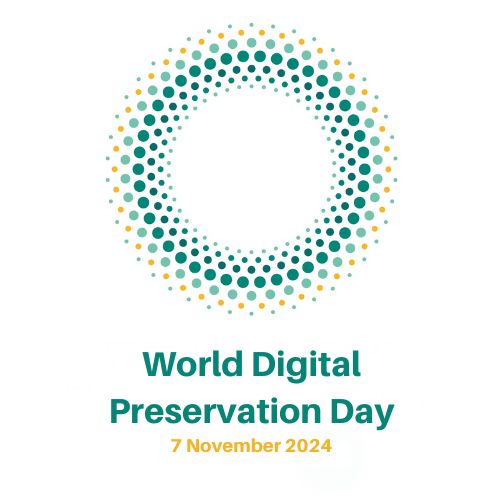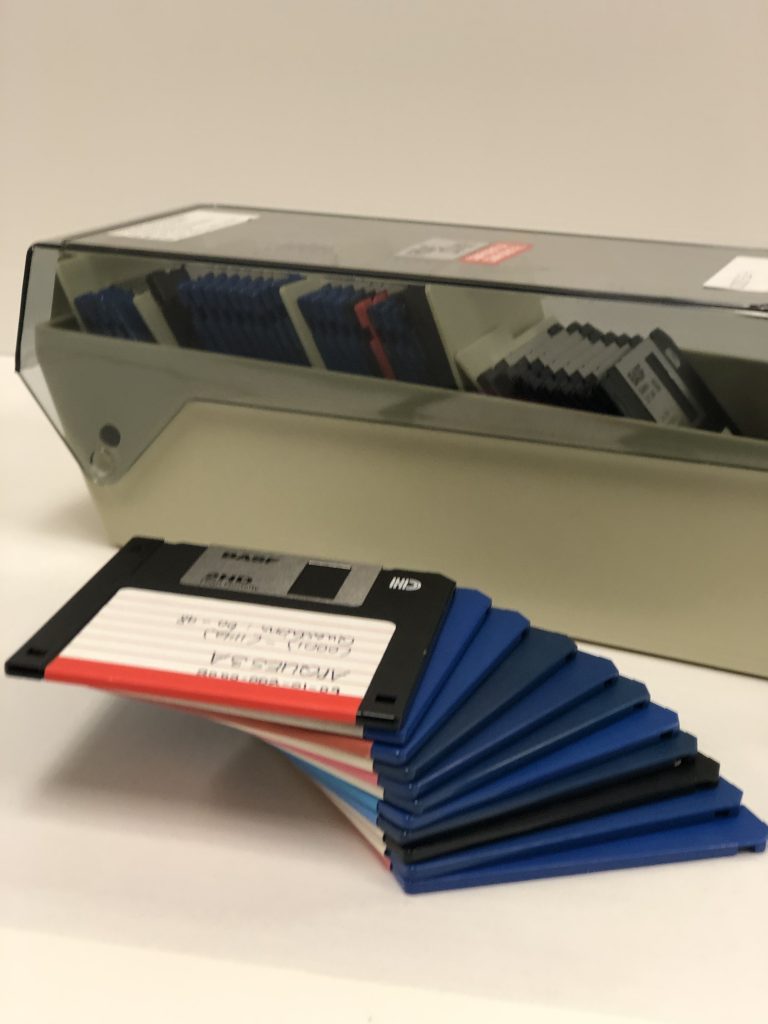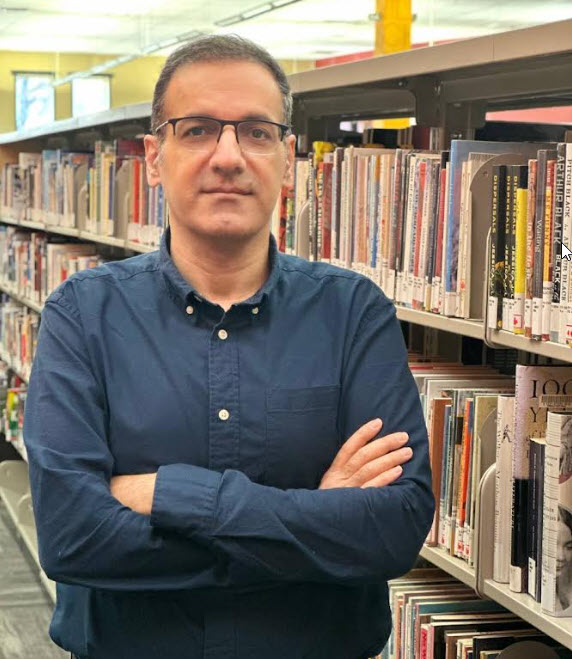Happy World Digital Preservation Day! On the first Thursday of November, the international community of digital archivists, librarians, curators, creators, users, and everyone interested in or responsible for the preservation of digital records celebrates World Digital Preservation Day (#WDPD). The 2024 theme is Preserving Our Digital Content: Celebrating Communities. The WDPD is the initiative of the Digital Preservation Coalition (DPC). It allows us to connect with colleagues and like-minded people and “celebrate digital literacy of all types of communities around the world” (DPC).

Within the U of A Library and Archives community, we would like to celebrate the WDPD by highlighting the completion of a large project aimed at preserving born-digital archival records that were acquired by the University of Alberta Archives (UAA) on legacy electronic media. The UAA houses over 11 km of textual records and hundreds of thousands of audiovisual items, including film, video, audio, and photographic records. In addition to these analogue records, the UAA is also a home for born-digital records, which are becoming more and more common acquisitions. The content of these records highlights a variety of University of Alberta and affiliated communities: from faculties and departments to student groups to theatre groups to local communities. Currently, the acquisition of born-digital records to archives happens either through online transfers or deposits of records on external digital media like hard drives or USB drives. However, the UAA has been acquiring born-digital records in other forms since the late 1980s. Many of them came on floppy disks, primarily 5.25” and 3.5”.

From September 2023 to August 2024, the UAA was lucky to have Mohsen Kardar, a U of A School of Library and Information Studies alumnus, working with us as the Digital Preservation Assistant. Mohsen focused most of his time specifically on preserving archival records on floppy disks and, in addition, was involved in other digital initiatives at the Archives. As a result of the project, records from a total of 1,328 floppy disks were preserved, consisting of 788 3.5″ disks and 540 5.25″ disks. The entire process involved over 20 steps, each requiring the use of specialized software and hardware technologies to ensure successful preservation of and access to these records in the future.
Key tools utilized:
- KryoFlux: for creating bitstream copies of floppy disks.
- FRED (Forensic Recovery of Evidence Device): for disk imaging and data transfers.*
- BitCurator: for disk imaging, mounting, and scanning for personally identifiable information (PII).
- DROID: for automated identification of file formats.
- bulk_extractor: for scanning file systems for sensitive data.
- BagIt and Bagger: for packaging digital objects and metadata.
- Archivematica: for processing digital objects and metadata from ingest to access in compliance with the ISO-OAIS functional model.
- Python scripts: for automating tasks such as virus scanning and file transfers, which significantly boosted efficiency.
- And more!

Mohsen was instrumental in bringing this large project to fruition. Without his diligence, problem-solving skills, and focused attention, we would not have been able to complete a project of this size and complexity. Digital preservation is a collective effort and having Mohsen as part of our digital preservation community was invaluable.
* Read more about FRED and KryoFlux in this 2023 article: Preserving Memories, One Bit at a Time:the FRED and KryoFlux Story!
Thank you to the University of Alberta Archives team for authoring this post.
This content is licensed under a CC BY-NC-SA 4.0 Creative Commons licence.
